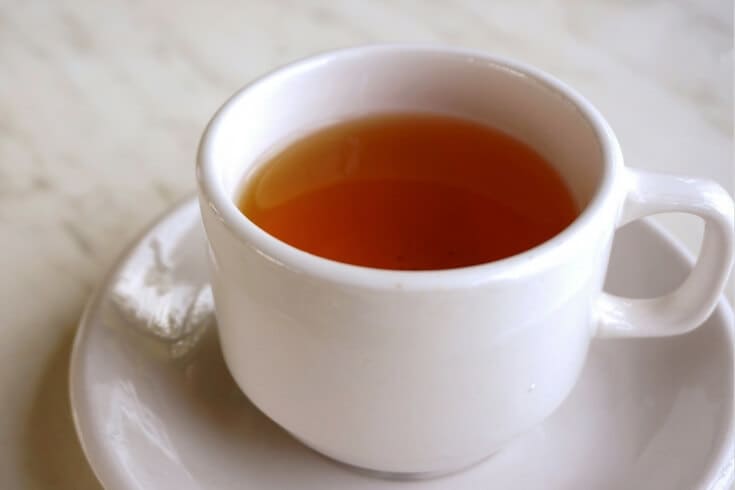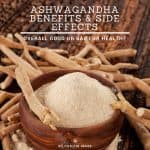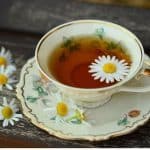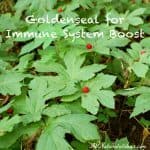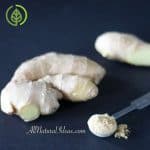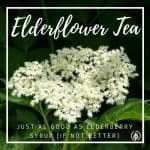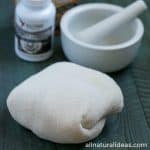Essiac tea benefits include possibly curing cancer, boosting immunity and improving digestive disorders. But are the benefits of this four-herb tea proven or just the stuff of folklore?
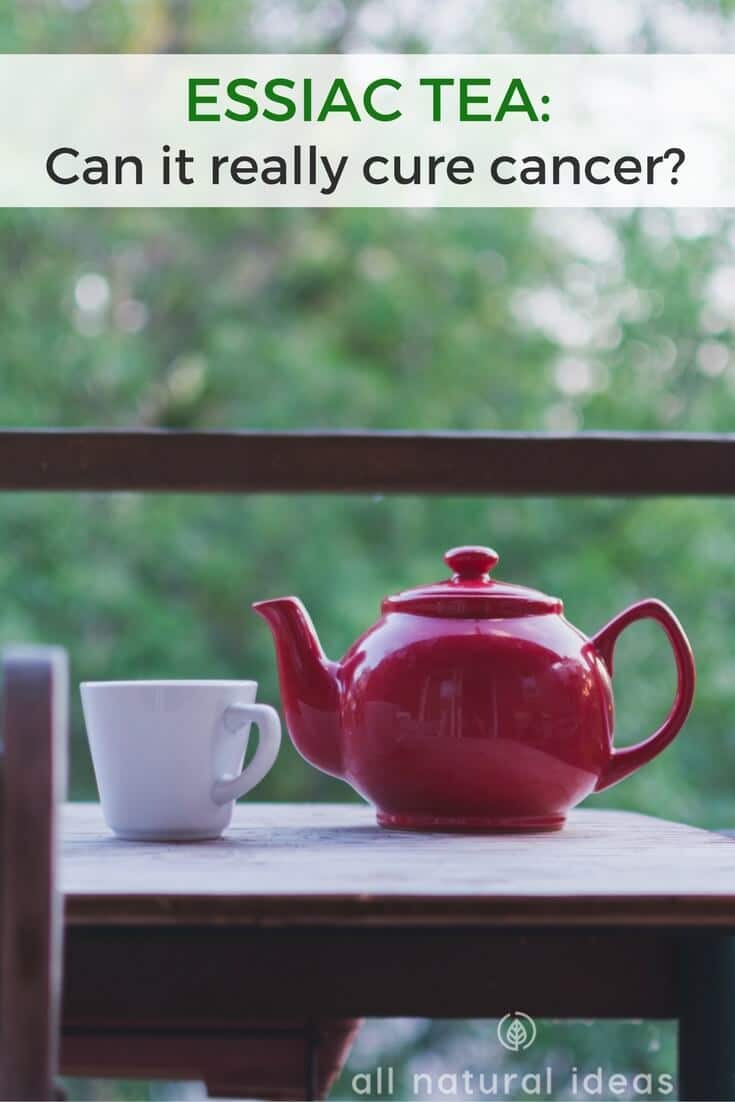
Is beating cancer as easy as sipping a cup of tea?
For many people who have survived cancer, perhaps. An herbal tea with just four ingredients called ‘Essiac Tea’ has reportedly helped cure some cancer survivors.
The legend of Essiac Tea (“ESS-EE-ACK”) goes like this: In the late 19th century, an indigenous medicine man in the far north of Canada’s Ontario province gave what would be known as Essiac Tea to a breast-cancer stricken Caucasian woman who lived near a mining operation.
A few decades later and cancer-free, the woman passed the recipe for this herbal elixir to a nurse, Rene Caisse.
Take a look at Caisse’s last name. Spell it backwards and what do you get? Essiac. Although it might seem a bit selfish to name a Native American formula after yourself, Caisse selflessly helped hundreds of cancer patients during her career as a nurse.
In addition, Caisse, who died at age 90 in 1978, tirelessly researched and further developed this healing tea. For example, she worked on an injectable formula for Essiac Tea for cancer patients. It’s hard to determine exactly how many patients Caisse successfully treated. And even more difficult is knowing precisely if Essiac Tea is the sole reason why her patients became cancer free.
What is known is that many doctors referred cancer patients to Caisse. This is especially true if there was nothing more that the doctors could do to help their patients.
Are Essiac Tea Benefits Proven?
There’s plenty of anecdotal evidence that “Essiac Tea” helps people with cancer. One theory why it works is because the ingredients in this herbal tea not only kills cancer cells. Moreover, some of the herbs purify the blood.
But is there evidence that essiac tea benefits are real?
On one hand, you won’t find any large-scale studies showing an essiac tea recipe kills cancer.
Caisse herself had a difficult time getting the Canadian government to recognize the benefits of the tea. In fact, Ontario’s Cancer Commission’s report recognizes only limited benefits from it, according to this Essiac Tea history website.
Going further, the Commission never acknowledged Essiac Tea as a cancer cure. And it refused to allow it to undergo further testing unless Nurse Caisse disclosed the ingredients. Caisse was fearful that if she revealed the herbs, the treatment would be squashed by mainstream medical organizations.
However, there are small scale clinical research studies that may suggest essiac tea possesses anti-cancer properties. And the individual herbs in essiac tea do have proven therapeutic benefits.
There are (and have been) some medical doctors who believe in Essiac tea benefits. One of which was Caisse’s research partner, Dr. Charles Brusch. Brusch was President John F. Kennedy’s physician.
The benefits stem from its ability to purge toxins. Because of its strong detox ability, essiac tea can kill off cancer cells and reinvigorate non-cancerous cells.
However, Caisse never claimed essiac tea is a cancer cure.
According to a Blue Moon Herbs quote an essiac tea website, she said, “I have never claimed that my treatment cures cancer, although many of my patients, and the doctors with whom I have worked claim that it does. My goal has been control of cancer, and alleviation of pain.”
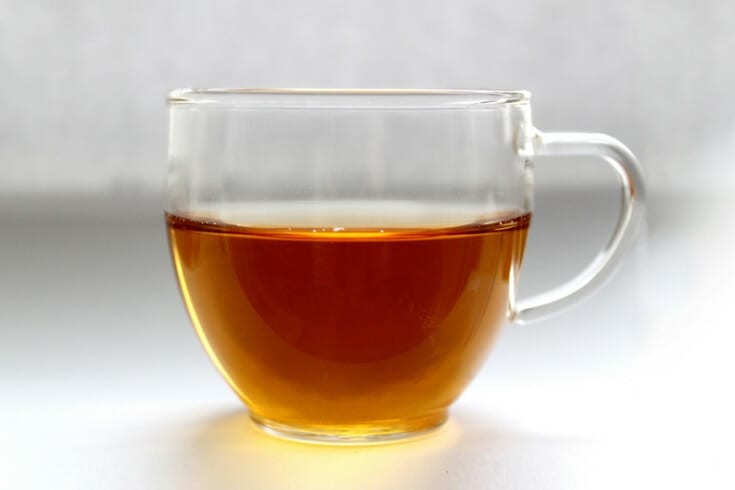
Essiac ingredients
Essiac tea is technically an herbal tea decoction. A decoction means that the ingredients undergo boiling. The four botanicals in essiac tea are:
- Burdock root (cut and dry)
- Sheep sorrel (whole herb including root, coarse powder
- Slippery elm (inner bark, powder)
- Turkey or Indian rhubarb root (powder)
There is conflicting evidence online about essiac tea ingredients. Some sources suggest the original tea from Native Americans contains 8 herbs. Other sources, including the National Cancer Institute claim Caisse as the originator of the 8-herb tea. Essiac tea with 8 herbs is also known as Flor Essence.
According to ReneCaisseTea.com, none of the 8-herb formulas on the market contain the correct eight herbs. Although, most of them have six of them right. However, true essiac tea is only burdock, sheep sorrel, slippery elm and rhubarb. Flor Essence also contains watercress, blessed thistle, red clover and kelp.
If you want to buy essiac tea, not all are of equal quality. ReneCaisseTea.com also claims that most essiac teas sold today are missing a critical ingredient. Although all Essiac teas might contain sheep sorrel, most often the roots of this herb are not present in the decoction.
In other words, the stems, flowers and leaves of sheep sorrel might be therapeutic. But without the roots, the sheep sorrel isn’t as powerful.
Finding a good quality essiac tea with sheep sorrel root is a bit of a challenge. That’s because it’s not widely commercially available. Sheep sorrel only grows in limited areas. As such, it’s hard to produce Essiac Tea on a large scale. However, there are small batch brewers of Essiac Tea. And some of these small businesses do include sheep sorrel root.
Essiac tea benefits: herbal actions
In general, sheep sorrel can help eliminate bacteria that cause disease. In fact, according to this study it can inhibit E. coli. “It possesses antimicrobial activity and holds great promise as an antimicrobial agent,” concludes the researchers. Other research suggests sheep sorrel reduces inflammation.
The burdock root in Essiac tea may help boost your immune system. Some studies such as this one suggests it possess antioxidative, anti-inflammatory, and anti-cancer activities.
Rhubarb root can help produce cellular energy. It’s also like a natural laxative. As such, it can help detox your digestive system. In addition, it may help you detox because it aids the liver in toxin removal. Moreover, some studies like this one suggests rhubarb root may help prevent skin cancer. As well as reduce already existing sun damage to the skin. The researchers suggest adding rhubarb root to sunscreens and other skin care products.
As for slippery elm, this study suggests it can benefit people with inflammatory bowel disease (IBD). The reason might be because when it mixes with water, slippery elm becomes like a gel. This gel soothes and coats the intestinal lining. In addition, slippery elm might help fight cancer because of its antioxidants.
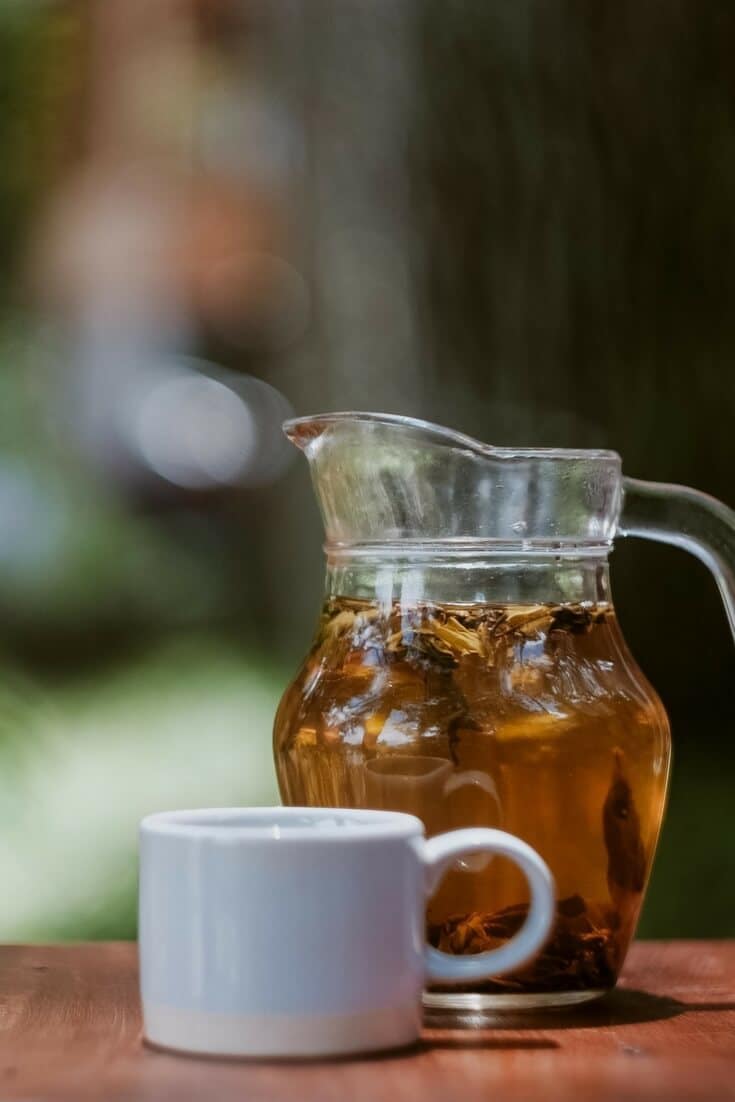
Essiac tea dosage
To get the maximum benefits of essiac tea, take it on an empty stomach. For mild therapeutic uses, drink only a quarter to half cup of the tea. However, for more serious medical concerns some health experts recommend drinking the tea a few times a day. And with each use, consume up to three ounces.
And remember this if you’re making a essiac tea recipe: to get the maximum therapeutic benefits of the tea, you need to fully boil it.
Where to buy essiac tea
Of course, these days, buying almost anything is as easy as shopping Amazon. And wouldn’t you know it, Amazon offers Essiac tea. And not just any Essiac tea. Amazon sells a pouch of Essiac tea that includes sheep sorrel root from Montana and Idaho. Again, to get maximum essiac tea benefits, you need a batch with sheep sorrel root.
If you prefer tea bags, you may encounter “Ojibwa tea.” This name derives from the tribe in Ontario that supposedly created the original essiac tea.
Essiac Tea Benefits: Conclusion
For over 100 years, there exists lots of anecdotal evidence involving Essiac tea. Many people swear their cancer was cured by it. Although, it’s also likely that some patients showed no improvement with it.
After Nurse Caisse’s death in 1978, a friend, Mary McPherson, continued Caisse’s legacy. McPherson dispensed the tea to cancer patients for 20 years after Caisse’s passing. And sometime before 2000, about 100 years after an Ojibwa medicine man introduced the tea to a white settler, the four-herb formula finally became available to the public. The ingredients of Essiac tea were no longer a well-guarded secret.
